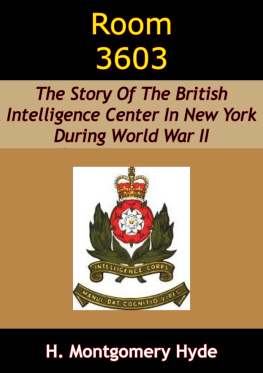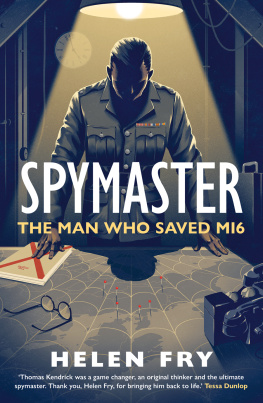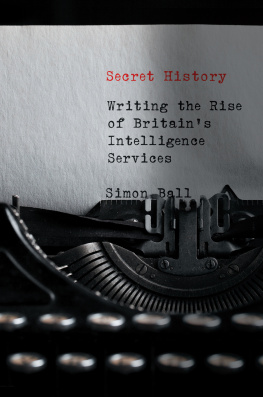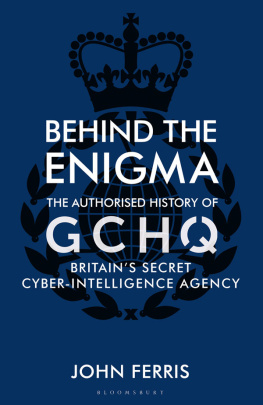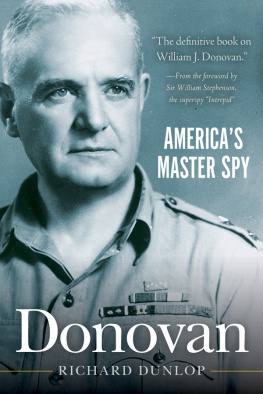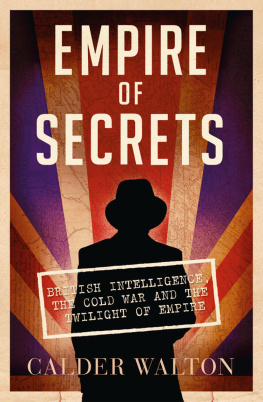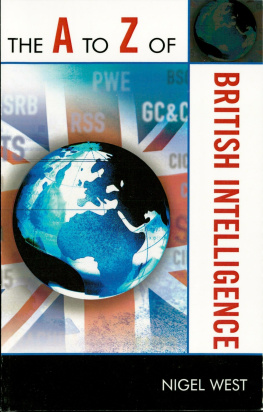H. Montgomery Hyde - Room 3603: The Story Of The British Intelligence Center In New York During World War II
Here you can read online H. Montgomery Hyde - Room 3603: The Story Of The British Intelligence Center In New York During World War II full text of the book (entire story) in english for free. Download pdf and epub, get meaning, cover and reviews about this ebook. year: 2016, publisher: Pickle Partners Publishing, genre: Non-fiction. Description of the work, (preface) as well as reviews are available. Best literature library LitArk.com created for fans of good reading and offers a wide selection of genres:
Romance novel
Science fiction
Adventure
Detective
Science
History
Home and family
Prose
Art
Politics
Computer
Non-fiction
Religion
Business
Children
Humor
Choose a favorite category and find really read worthwhile books. Enjoy immersion in the world of imagination, feel the emotions of the characters or learn something new for yourself, make an fascinating discovery.
- Book:Room 3603: The Story Of The British Intelligence Center In New York During World War II
- Author:
- Publisher:Pickle Partners Publishing
- Genre:
- Year:2016
- Rating:4 / 5
- Favourites:Add to favourites
- Your mark:
Room 3603: The Story Of The British Intelligence Center In New York During World War II: summary, description and annotation
We offer to read an annotation, description, summary or preface (depends on what the author of the book "Room 3603: The Story Of The British Intelligence Center In New York During World War II" wrote himself). If you haven't found the necessary information about the book — write in the comments, we will try to find it.
With headquarters in New York at 630 Fifth Avenue, Room 3603, the organization known as the British Security Coordination, or B.S.C., was the keystone of the successful
Anglo-American partnership in the field of secret intelligence, counterespionage and special operations.
The man chosen by Sir Winston Churchill to set up and direct this crucial effort was Sir William Stephenson. A fighter pilot in the First World War, he had become a millionaire before he was thirty through his invention of the device for transmitting photographs by wireless. The late General Bill Donovan, director of the Office of Strategic Services, said of him; Bill Stephenson taught us all we ever knew about foreign intelligence.
Sir William Stephenson has now put all his papers and much other relevant material at the disposal of H. Montgomery Hyde, a member of his wartime organization who knows him intimately. The result is a unique picture of the British Secret Service in action and of the remarkable exploits of its brilliant but personally unobtrusive chief in the United States.
At the end of the war, J. Edgar Hoover, with whom Stephenson worked closely, wrote to him: When the full story can be told, I am quite certain that your contribution will be among the foremost in having brought victory finally to the united nations cause Now it can be told; Room 3603 is the full story.
Ian Flemings delightful Foreword adds this information: Bill Stephenson worked himself almost to death during the war, carrying out undercover operations and often dangerous assignments (they culminated with the Gouzenko case that put Fuchs in the bag) that can only be hinted at in the fascinating book that Mr. Montgomery Hyde has, for some reason, been allowed to writethe first book, so far as I know, about the British secret agent whose publication has received official blessing.
H. Montgomery Hyde: author's other books
Who wrote Room 3603: The Story Of The British Intelligence Center In New York During World War II? Find out the surname, the name of the author of the book and a list of all author's works by series.

